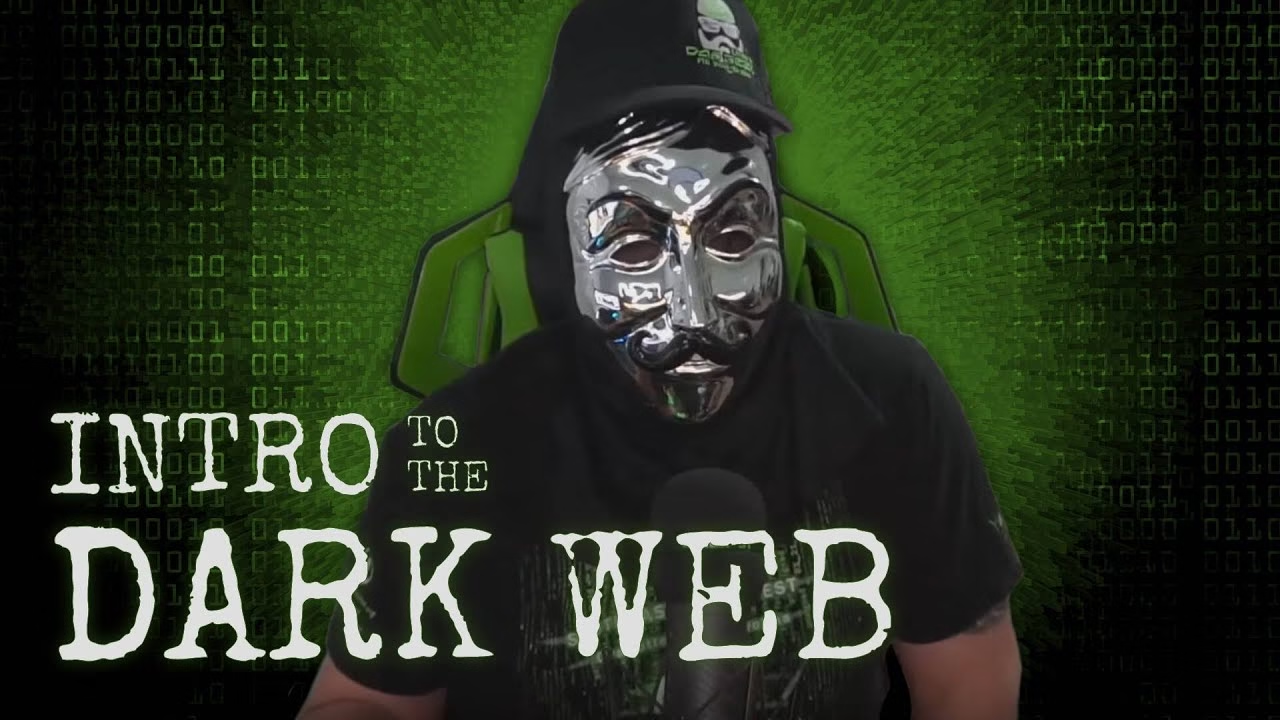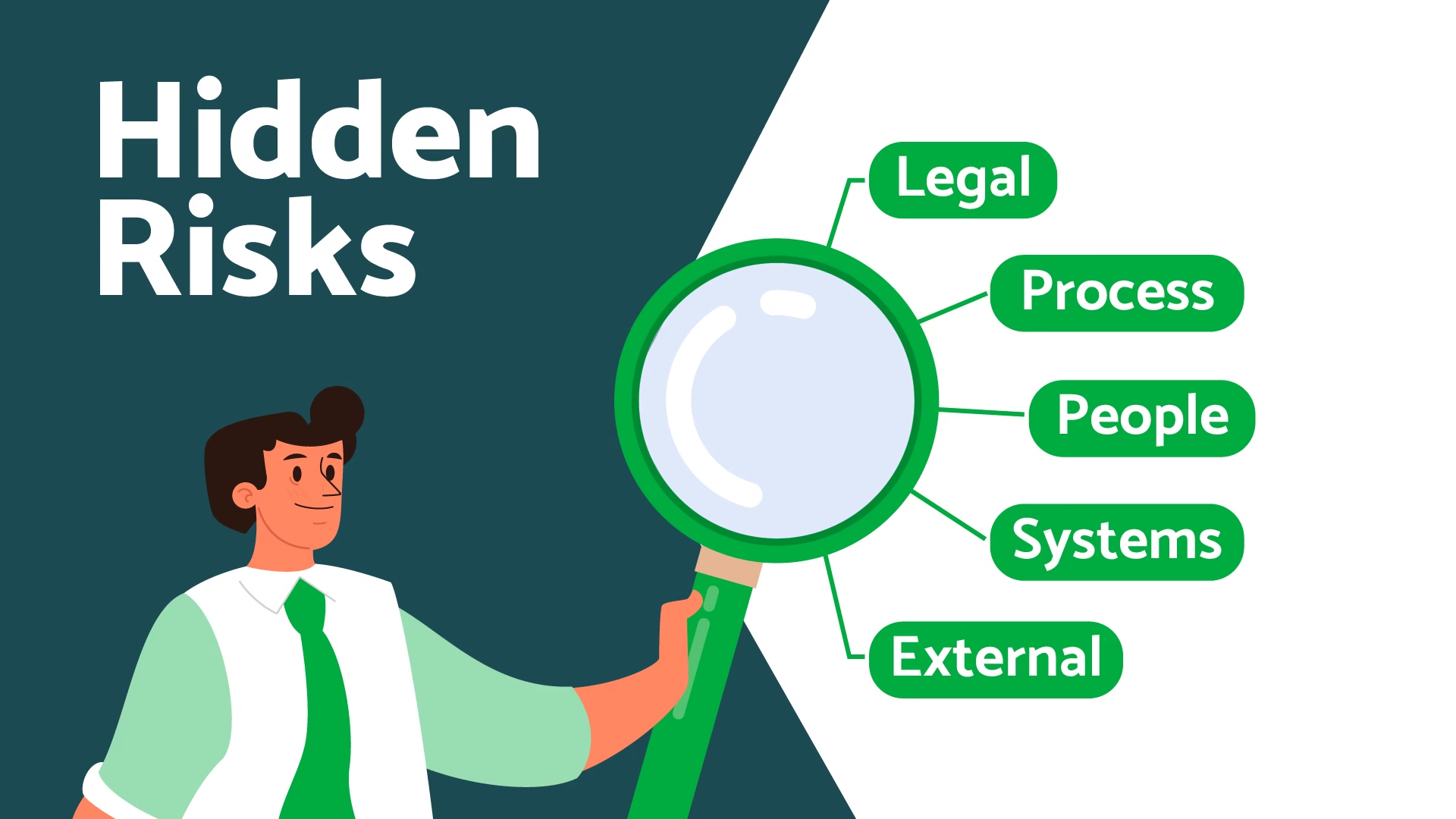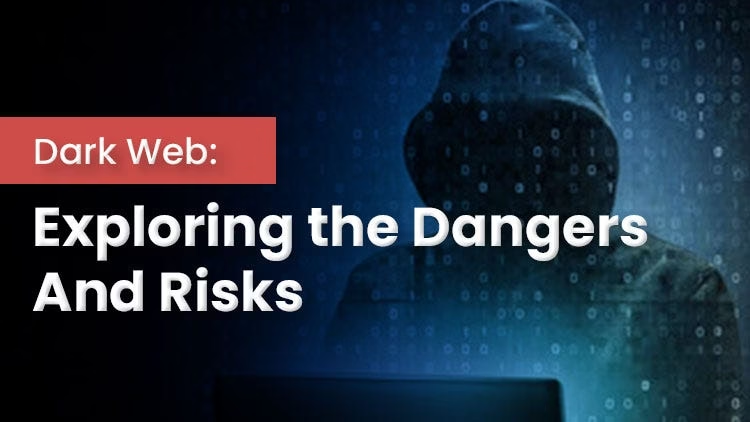- Exploring the Dark Web: How to Discover Hidden Sites
- Introduction
- What Is the Dark Web?
- Understanding .onion Domains
- Tools You Need to Access the Dark Web
- Is It Legal to Access Hidden Sites on the Dark Web?
- How to Set Up the Tor Browser
- Best Practices for Staying Anonymous
- Where to Find Hidden .onion Links
- Trusted Dark Web Search Engines
- How to Verify a Hidden Website’s Legitimacy
- Risks of Exploring Hidden Sites
- Conclusion
- FAQS
- Introduction
Exploring the Dark Web: How to Discover Hidden Sites
Introduction
The dark web has long intrigued internet users, journalists, researchers, and cybersecurity professionals alike. Unlike the surface web—what you access through standard search engines—the dark web is a hidden part of the internet that requires special tools to reach. Among its most unique features are “hidden” websites, often with .onion domain extensions, which are inaccessible through traditional browsers and are not indexed by mainstream search engines. These sites range from privacy-focused forums and whistleblower platforms to illegal marketplaces and encrypted communication hubs.
While the dark web often has a negative reputation, it also plays a vital role in supporting anonymity, freedom of expression, and information sharing in regions with censorship. In this guide, we’ll walk you through the basics of discovering hidden .onion websites safely and responsibly, starting with the foundational concepts and tools you’ll need to navigate this concealed layer of the internet.
What Is the Dark Web?

The dark web is a section of the internet that isn’t indexed by traditional search engines like Google or Bing. It exists on encrypted networks and requires special software—most commonly the Tor browser—to access. Unlike the surface web, which is open and easily searchable, the dark web is intentionally hidden to provide anonymity to its users. While it’s often associated with illegal activity, it also hosts privacy-centric platforms, such as secure email services and forums for journalists or activists. Understanding this space is essential before attempting to explore it.
Understanding .onion Domains
.onion domains are special-use top-level domains that are only accessible via the Tor network. These addresses serve as entry points to hidden services—websites that are not visible or accessible through the standard internet. Unlike traditional URLs, .onion addresses are typically long, random strings of characters designed to conceal both the user’s and host’s identity. This encryption-focused structure enhances anonymity but also makes it difficult to find reliable or legitimate .onion sites. Learning how these domains function is key to navigating and exploring the dark web safely.
Tools You Need to Access the Dark Web
Before you can explore hidden .onion websites, you’ll need the right tools to ensure both access and anonymity. The most essential tool is the Tor Browser, which routes your traffic through a network of encrypted relays. Using a VPN (Virtual Private Network) alongside Tor can add an extra layer of privacy by masking your IP address from your internet service provider. Some users also choose to run a secure operating system like Tails to avoid leaving digital traces. These tools are critical for safe and private dark web browsing.
Is It Legal to Access Hidden Sites on the Dark Web?
Accessing the dark web or .onion sites is not illegal in most countries—but what you do there can be. While many hidden websites are legal and serve ethical purposes, others host illicit content or engage in criminal activities. It’s important to understand your country’s laws regarding online privacy, data encryption, and internet usage. Accessing legal platforms for whistleblowing, secure communication, or research is generally safe, but interacting with illegal marketplaces or sharing prohibited content can have serious legal consequences.
How to Set Up the Tor Browser
Setting up the Tor Browser is a straightforward process. First, download it only from the official Tor Project website to avoid malicious copies. Once installed, the browser automatically connects to the Tor network, allowing you to access .onion sites. Avoid changing default settings unless you understand the security implications. For added anonymity, disable scripts and avoid logging into personal accounts. You should also consider running the browser through a VPN. Once set up correctly, the Tor Browser becomes your primary gateway to the hidden web.
Best Practices for Staying Anonymous

Anonymity is crucial when browsing the dark web. Always use the Tor Browser and consider combining it with a VPN for an extra layer of protection. Never log into personal accounts or use real names and emails. Disable browser features like JavaScript, which can expose your identity. Avoid downloading files from untrusted sources, as they may contain malware. Use encrypted communication tools if you need to interact with others. Practicing these habits consistently helps you stay anonymous and reduces your risk of being tracked or compromised.
Where to Find Hidden .onion Links
Finding hidden .onion websites isn’t as simple as using Google. Instead, you’ll need to rely on dark web directories, forums, or onion-specific search engines. Sites like The Hidden Wiki, Ahmia, or Dark.fail can help you discover categorized lists of .onion domains. However, exercise caution—many directories include links to illegal or unsafe content. Always verify the reputation of a site before visiting, and consider browsing through community-recommended sources to reduce the risk of encountering scams or harmful material.
Trusted Dark Web Search Engines
Unlike surface web search engines, dark web search tools are designed to locate .onion sites. Popular options include Ahmia, Not Evil, and DuckDuckGo’s .onion version. These search engines filter out some malicious content but still require caution. Their indexing is limited due to the nature of .onion sites, so they often rely on user-submitted URLs. For better results, cross-check findings from multiple engines and avoid clicking on unfamiliar or suspicious links. Trusted engines are useful starting points but should never replace good judgment and digital hygiene.
How to Verify a Hidden Website’s Legitimacy
Due to the unregulated nature of the dark web, verifying the legitimacy of a .onion site is essential. Start by checking whether the link is listed on reputable directories or discussed in trusted forums. Look for reviews or reports about the site’s reliability. Be cautious of poor grammar, broken links, or demands for sensitive information—these are common red flags. Use PGP encryption or other verification methods if the site claims to offer secure communication. Always err on the side of caution when interacting with unknown platforms.
Risks of Exploring Hidden Sites

Browsing the dark web carries inherent risks, even if you’re not engaging in illegal activity. Hidden sites may host malware, phishing schemes, or content that could put you in legal or personal danger. There’s also the risk of accidentally landing on disturbing or illegal material. Law enforcement agencies may monitor certain areas, increasing the risk of surveillance. Poor digital hygiene can lead to identity leaks or system compromise. Staying informed, using security tools, and avoiding suspicious sites are key to minimizing these risks.
Conclusion
The dark web offers a unique window into a hidden layer of the internet, full of both risks and legitimate uses. Whether you’re a journalist, researcher, or privacy advocate, learning how to safely discover hidden .onion sites can be a valuable skill. By using the right tools, following strict anonymity practices, and avoiding suspicious or illegal content, you can explore this space more securely. Always stay up to date with best practices and legal considerations, and remember: responsible browsing protects both your privacy and your integrity.
You Can Also Read: Best VPN for DraftKings
FAQS
Is it illegal to visit dark web sites?
Simply put, no it is not illegal to access the dark web. In fact, some uses are perfectly legal and support the value of the “dark web.” On the dark web, users can seek out three clear benefits from its use: User anonymity. Virtually untraceable services and sites.
Can dark web be tracked?
Can I be tracked on the dark web? It’s very difficult to track online activity on the dark web. When you use Tor, which routes your internet traffic through many different relay nodes, your online activity is obscured because you’re browsing anonymously. Tor also supports various privacy extensions.
What is the secret website dark web?
The Dark Web is a place where sellers of illegal drugs, identities, information (passwords, account numbers, etc.) weapons, and many other illegal forms of physical materials and digital information look to traffic these materials across borders.
Is the dark web still available?
The dark web is still one of the world’s worries as it can only be accessed by specific means, such as the Tor browser.
Is Tor browser safe?
Tor Browser is generally considered safe and secure thanks to the onion routing protocol that encrypts your data and hides your IP address. But Tor does have some vulnerabilities, and as with any browser, Tor users remain vulnerable to online threats, ranging from malware to phishing scams.

[…] and several territories, making it incredibly diverse in both climate and population distribution. The vastness of the U.S. means regional cultures, economies, and landscapes vary significantly across the […]